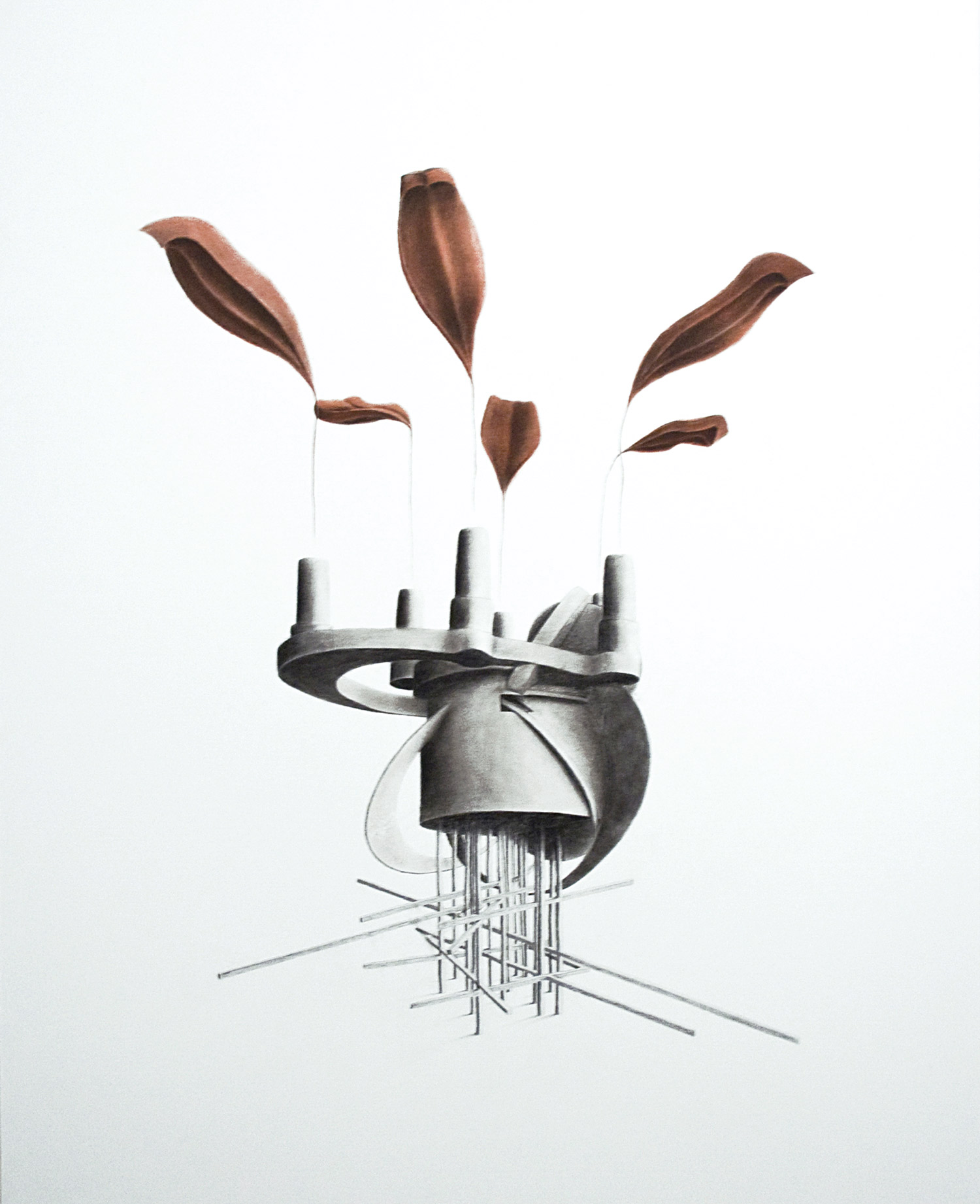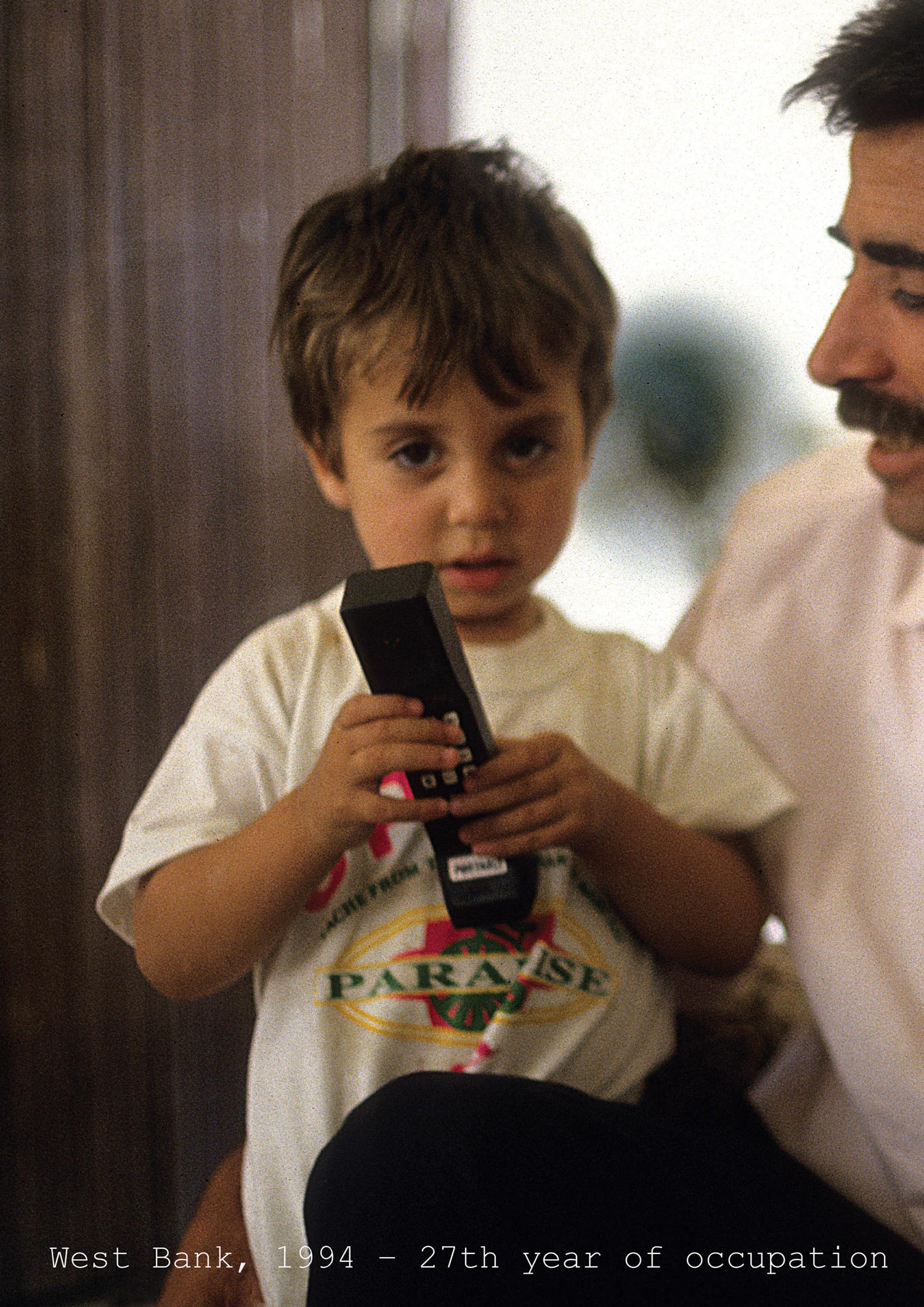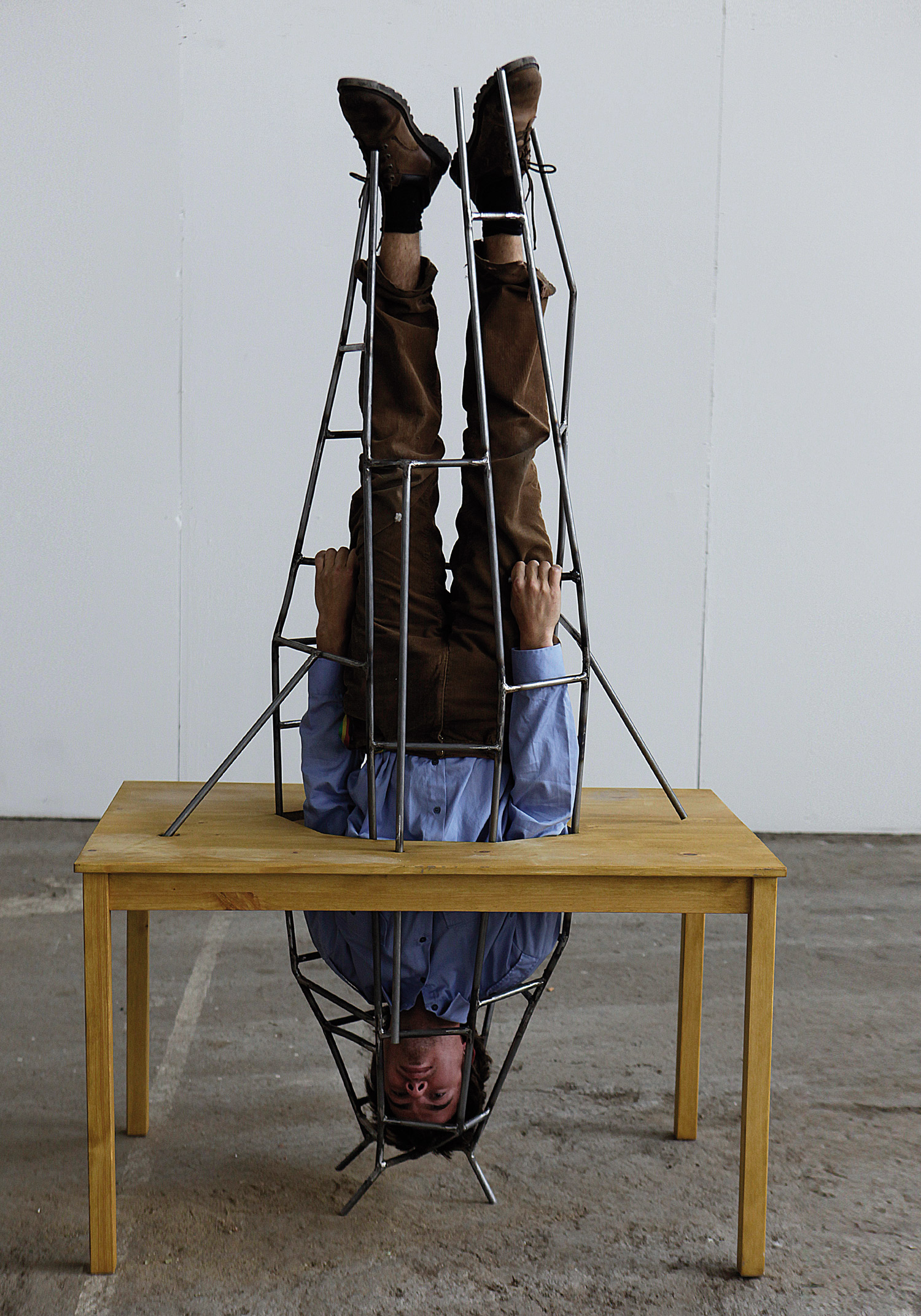
Christophe Boutin: You recently had a solo show in Prague. Could you tell me about it?
Sean Micka: Yes, “After Images,” a solo show at the Dvorak Sec Contemporary in Prague. It’s a show that traverses disparate aesthetics of the image. For instance, there are three sequences of red, green and blue monochrome paintings that are referential nods to both color-field painting and “blue screen” techniques, and they ostensibly operate in the gap between these referents. There is also a series of diptychs that are stereoscopic pictures, based on topographic photos of pin-striped fabric. The idea is for the work to complicate optical illusions by way of the stereo images’ hypnotic effects. There is also a series of landscape and still life paintings based upon images from obsolete encyclopedias, which will be displayed along with the original documents preserved between two sheets of plexiglass. Lastly, there will be a series of grid paintings or color charts made from the colors within the landscapes and still lifes.

CB: What are you trying to do in bringing together these disparate objects or images?
SM: The work in the show largely operates in reflexive and recursive ways. I want the idea of the image to oscillate, topologically, between forms of abstraction and representation. I want the viewer’s mind to bend as if it were on a möbius strip. I want that movement, or rather that space, gap or interval in between, to also draw into question the relationship between the two, and perhaps collapse normative distinctions.
CB: So, are you interested in the image as something perceptual, like mental images or more literally afterimages, or images in a more materialist sense, like painting, photography or projection, or is it more literary?
SM: I am interested in all of these descriptions really and, again, I would go as far as to say the gap between them, a void or zone of indetermination which inevitably calls into question what the very notion of an image is. But back to your question: In the first sense, yes, there are various pieces in the show which play with retinal afterimages literally. The stereoscope pictures, for instance, are intended to bring attention to the phenomena of binocular vision and the fact that perception is in a constant state of vibration and movement, unfolding in time. The other pieces in the show based upon obsolete encyclopedias deal with the relationship between the image and the archive, which would be more literary or textual, and the color charts and the monochromes are more grounded in the materiality of color, again as a type of image and non-image.

CB: What projects are you working on next?
SM: I’m doing one project that revolves around ’70s Landsat imagery, and I’d like to further elaborate and complicate the stereoscope project some more. Other than that, as you know, I am also working on a book for onestar press in Paris.





